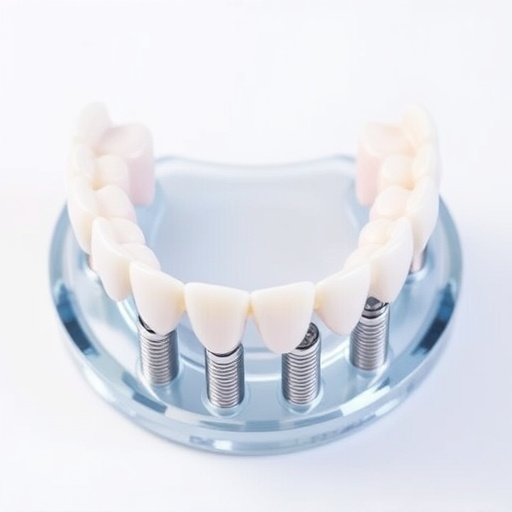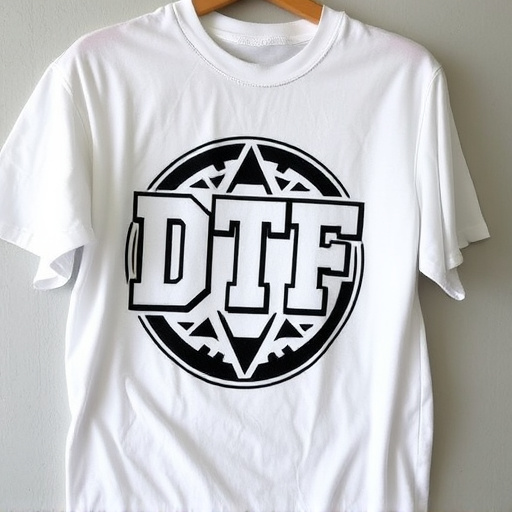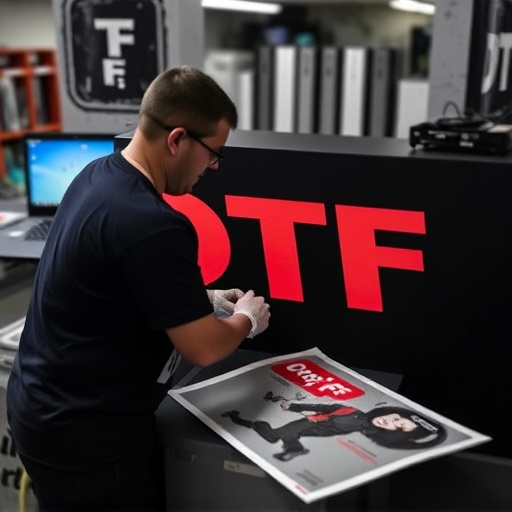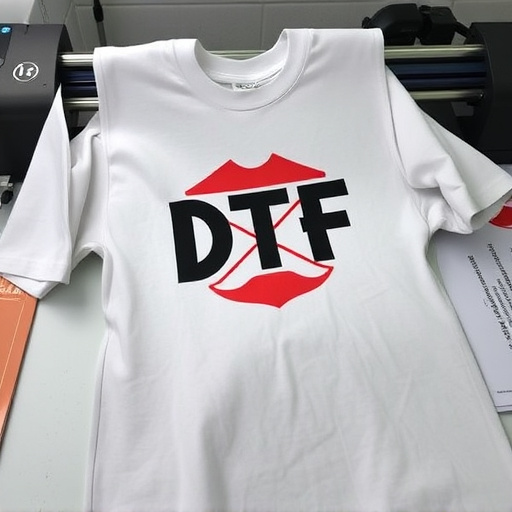Creating high-quality DTF (Direct to Fabric) custom transfers requires understanding specific materials and equipment. Key components include specialized DTF ink, a user-friendly DTF printer with heat transfer technology, a heat press or iron, cutting mats, cleaning solutions, and suitable fabrics like cotton, polyester, or poly-cotton blends. DTF Custom Transfers are transforming the apparel sector with advanced printing capabilities, delivering superior image clarity, durability, and a broader material range. Investing in high-performance printers, fade-resistant inks, premium transfer sheets, and proper fabric preparation is crucial for achieving professional-grade results.
“Unleash your creativity with the art of crafting high-quality DTF (Direct-to-Film) custom transfers. This comprehensive guide dives into the intricacies of creating stunning, long-lasting designs for various applications. From understanding the fundamentals—exploring materials, equipment, and design principles—to mastering the transfer process, you’ll discover expert techniques for optimal results. Elevate your skills and explore endless possibilities with DTF Custom Transfers.”
- Understanding DTF Custom Transfers: Materials and Equipment
- – What are DTF transfers?
- – Essential materials for creating high-quality DTF transfers
Understanding DTF Custom Transfers: Materials and Equipment

Creating high-quality DTF (Direct to Fabric) custom transfers involves understanding the materials and equipment needed for this versatile printing method. DTF is a popular technique used in apparel and textile design, allowing for intricate and detailed prints on various fabrics. To begin, you’ll require specialized DTF ink, which is designed to adhere directly to fabric without the need for intermediate layers. This ink comes in different colors and types, catering to diverse design requirements. For instance, DTF for apparel often uses vibrant, fast-drying inks that can withstand multiple washes without fading.
The equipment needed includes a DTF printer, which utilizes heat to transfer the ink onto the fabric. These printers are typically compact and user-friendly, making them accessible for small businesses and hobbyists. Along with the printer, you’ll need a heat press or iron for applying the heat required for ink transfer. Additionally, prepare your work area with appropriate materials like cutting mats, cleaning solutions, and various fabrics suitable for DTF printing, such as cotton, polyester, or poly-cotton blends, commonly used for hoodies and other garments.
– What are DTF transfers?
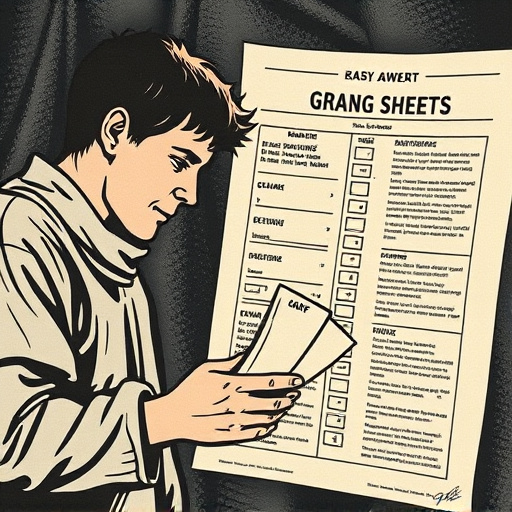
DTF (Direct to Fabric) transfers are a cutting-edge printing method revolutionizing the custom apparel industry. This technique allows for high-quality, detailed designs to be directly applied onto various fabrics, including cotton, polyester, and even nylon. By using specialized DTF transfer film and advanced printing technology, businesses can now offer customers an array of options for creating custom t-shirts, clothing items, and accessories with intricate patterns and vibrant colors.
The process involves applying the DTF transfer film to the fabric, ensuring the design is accurately aligned and fixed in place. Heat is then used to activate the ink, which fuses with the fabric, resulting in a long-lasting, durable print. This method offers several advantages over traditional printing techniques, such as faster production times, improved image clarity, and the ability to print on a wide range of materials, making it an attractive choice for businesses looking to cater to diverse customer preferences when it comes to custom t-shirts and other DTF transfer applications.
– Essential materials for creating high-quality DTF transfers
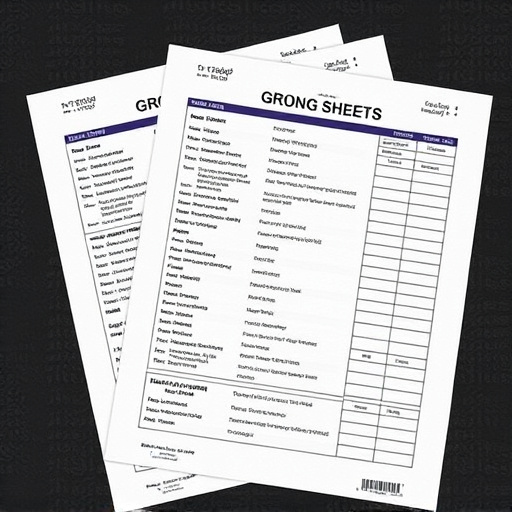
Creating high-quality DTF (Direct to Fabric) custom transfers requires an investment in essential materials designed for optimal printing and long-lasting results on custom t-shirts or other textile products. At the core, you’ll need a reliable DTF printer capable of producing sharp, detailed designs with vibrant colors. The quality of your ink plays a significant role; opt for high-resolution, fade-resistant inks specifically formulated for DTF printing to ensure your designs maintain their vibrancy over time.
Complementing these is the choice of suitable DTF transfer sheets, which act as intermediaries between your design and the fabric. Premium transfer sheets offer improved adhesion, heat resistance, and a smooth surface for accurate image transfer. Lastly, don’t underestimate the importance of preparation—from cleaning and pre-treating fabrics to ensuring proper laminating for a seamless finish, each step contributes to achieving professional-grade DTF custom transfers.
Creating high-quality DTF Custom Transfers requires a keen understanding of both the process and the materials. By equipping yourself with the essential tools and utilizing top-tier components, you can achieve exceptional results. Remember, attention to detail and precision are key to crafting transfers that meet your exact specifications. With the right approach, you’ll be able to produce vibrant, long-lasting DTF Custom Transfers that cater to a variety of applications.

